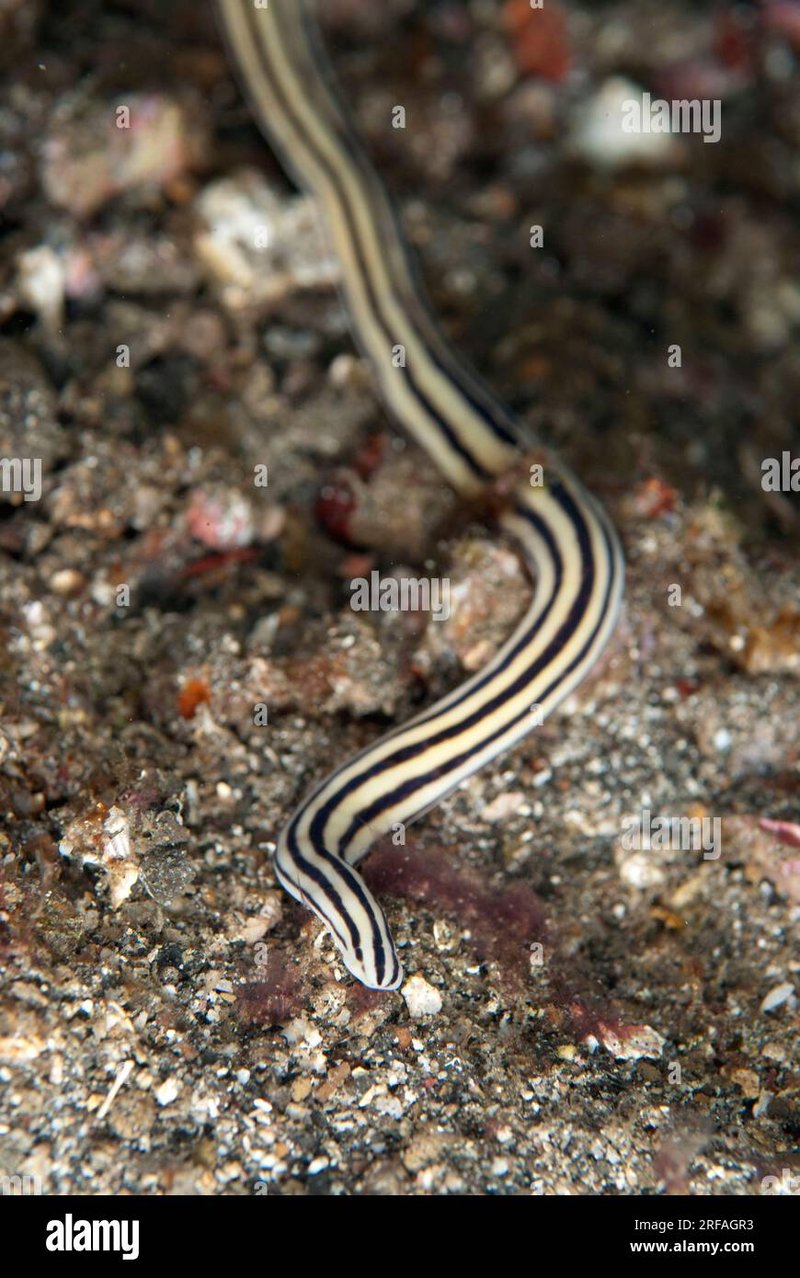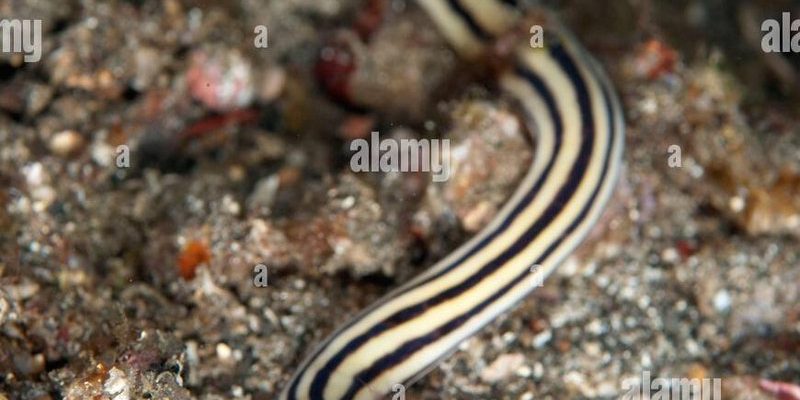
So, what’s so special about these slippery critters? Ribbon worms, or *Nemertea*, are often overlooked in favor of flashier sea creatures, but they offer a unique perspective on marine life. Not only can they capture the imagination of students, but they also provide opportunities to explore topics like biodiversity, predation, and the importance of marine conservation. Let me explain how ribbon worms can elevate marine education programs and why they deserve a place in the classroom.
What Are Ribbon Worms?
Ribbon worms are fascinating marine creatures found in oceans around the world. They can range in size from a few centimeters to several meters long—imagine having a creature in your hands that could stretch longer than a school bus! These worms have a soft body and a unique anatomy that includes a proboscis, which they use to capture prey. This makes them excellent examples of how different organisms adapt to their environments.
What’s truly interesting is their ability to regenerate. If a ribbon worm loses a part of its body, it can regrow it. This fact alone opens up so many discussions in an educational setting about biology and the wonders of nature. When students learn about this regeneration process, they can connect it to topics like genetics and evolution. It gives them a deeper understanding of life in the ocean and sparks curiosity.
Here’s the thing: ribbon worms may not be as popular as dolphins or sharks, but they are just as important in their ecosystems. By introducing students to these creatures, educators can expand their perspective on marine life and its complexities.
Why Use Ribbon Worms in Education?
You might be wondering why ribbon worms hold such educational value. First off, they have a variety of habitats—from sandy bottoms to rocky crevices. This diversity allows students to learn about different marine environments. By studying where ribbon worms live, students can explore concepts like habitat, ecosystem interactions, and the effects of pollution.
Additionally, they are relatively easy to find during beachcombing or in tide pools, making them accessible for hands-on learning experiences. Imagine taking a group of students on a field trip to a local beach, where they can search for these worms and observe their behavior. It’s a great way to engage learners and inspire a love for marine science.
Finally, ribbon worms can help illustrate more complex concepts in marine education. For instance, they are predators and competitors in their ecosystems, which can lead to discussions about food webs and the balance of marine life. By using ribbon worms as a focal point, educators can foster critical thinking and analytical skills in students.
Incorporating Ribbon Worms into Lesson Plans
Planning a marine education program around ribbon worms can be both fun and informative. Start by creating a lesson plan that covers anatomy, habitat, and environmental significance. Here are some ideas to get you started:
- Hands-On Observation: Set up a classroom aquarium to house ribbon worms temporarily. Students can observe their movements, feeding behavior, and even regeneration.
- Field Trips: Organize beach trips where students can collect data on ribbon worm populations and their habitats. They could create a field journal documenting their findings.
- Interactive Activities: Use models or art projects to help students visualize the anatomy of a ribbon worm. They could even create their own “ribbon worm” using craft materials to reinforce learning.
Incorporating these activities into your lesson plans can create a rich, engaging environment where students can truly connect with marine biology.
Understanding the Role of Ribbon Worms in Their Ecosystems
It’s vital to help students understand how ribbon worms fit into their ecosystems. These creatures are both predators and prey, playing crucial roles in the food web. They feed on small invertebrates and are, in turn, food for larger marine animals. Teaching students about these relationships can deepen their understanding of ecological balance.
You might want to include discussions about competition among species. Ribbon worms often compete with other marine organisms for food and habitat. This opens the door to explore topics like biodiversity and the importance of preserving various marine species. Educators can emphasize how each organism, no matter how small, plays a part in the health of an ecosystem.
Here’s a thought: if students grasp the importance of these often-overlooked creatures, they may be more inclined to advocate for marine conservation efforts. It’s all about building a sense of responsibility toward the environment.
Challenges in Using Ribbon Worms for Education
While incorporating ribbon worms into marine education programs is exciting, it does come with its challenges. For one, because they are delicate creatures, handling them must be done carefully. Educators should stress the importance of treating these worms gently and responsibly during observation.
Another challenge is ensuring that students understand the scientific names and characteristics associated with ribbon worms without overwhelming them. Using visuals, like diagrams or videos, can help bridge that gap. It’s all about finding that sweet spot between engagement and education.
Lastly, educators must be aware of how environmental changes can impact ribbon worm populations. Teaching students about these challenges can lead to discussions on climate change, ocean acidification, and their effects on marine life.
Alternatives to Ribbon Worms in Marine Education
Even though ribbon worms are incredible, you might be considering other marine organisms to include in your curriculum. Alternatives like sea cucumbers, starfish, or even local fish species can provide rich learning experiences as well. Each of these creatures has unique features and life processes that can captivate students’ interest.
For example, sea cucumbers are known for their unique defense mechanisms and are often used in discussions about marine adaptation. They can introduce similar themes of biodiversity and ecosystem roles, just like ribbon worms. It’s essential to evaluate which organisms align with your educational goals and student engagement.
Ultimately, using a variety of marine organisms can provide a well-rounded curriculum that covers multiple facets of marine biology.
Incorporating ribbon worms into marine education programs isn’t just about teaching facts; it’s about fostering a genuine connection with nature. These fascinating creatures help students learn crucial concepts about marine ecosystems, biodiversity, and conservation.
By exploring how ribbon worms interact with their environment, educators can inspire the next generation to care for and protect our oceans. Whether through hands-on experiences, field trips, or engaging lesson plans, the value of using ribbon worms in education is clear. They might be simple creatures, but their impact on learning is anything but simple.
So, why not take inspiration from these unique organisms? You’ll not only enrich your curriculum but also spark curiosity and awe in your students about the wonders of marine life.

